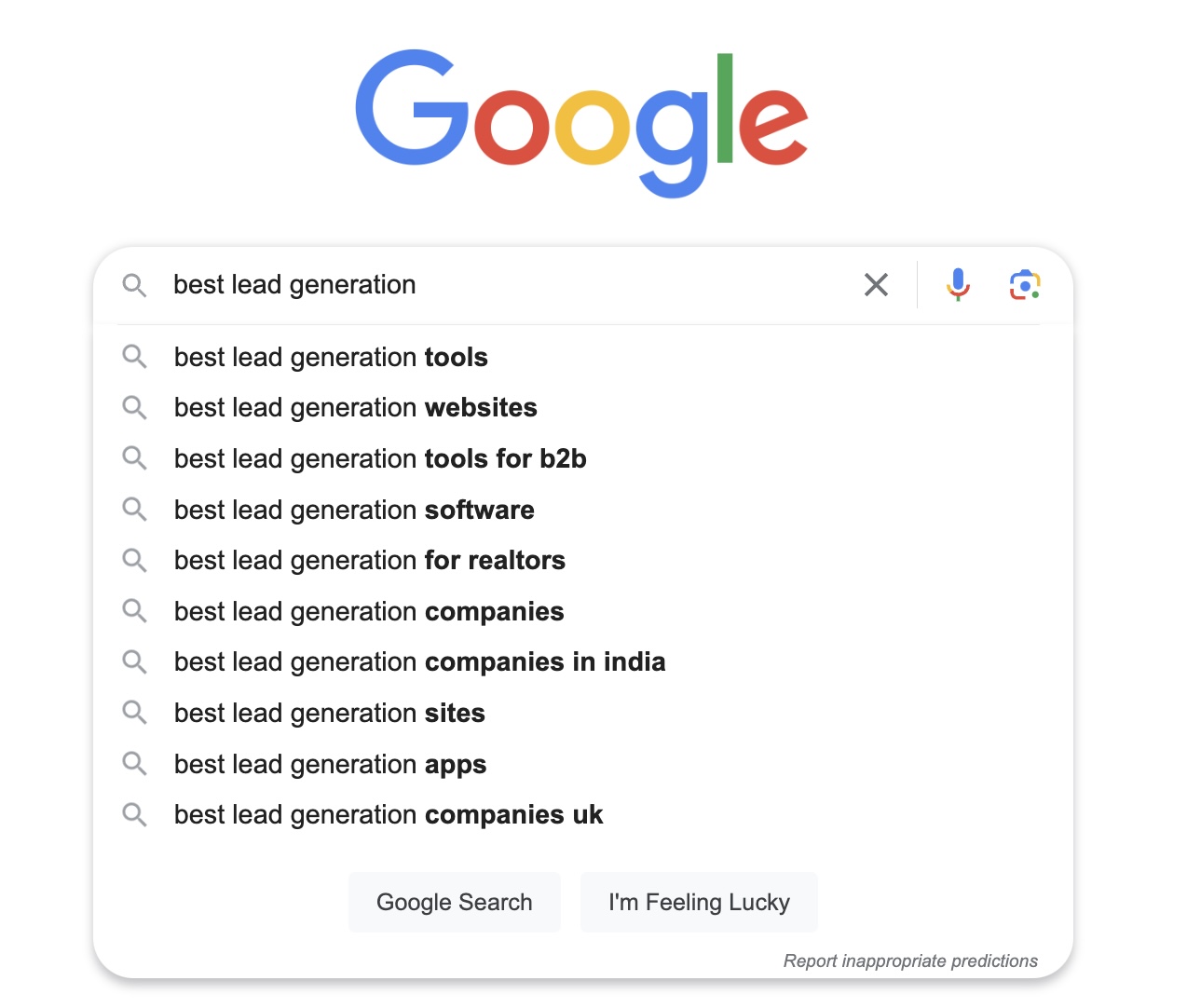In the vast landscape of online marketing, one key strategy stands tall as a linchpin for success: the art of mastering buyer intent keywords.
These unassuming combinations of words hold the potential to not only drive traffic but to significantly amplify your website's ability to convert visitors into loyal customers.
In this comprehensive guide, we'll embark on a journey deep into the realm of buyer intent keywords, uncovering their significance, exploring their diverse types, learning how to identify them, and finally, mastering the art of crafting compelling content around them.
Understanding buyer intent keywords

In the digital age, where search engines reign supreme, the term "buyer intent keywords" carries weight. Simply put, these are the specific phrases and queries that individuals type into search engines when they are contemplating a purchase.
These keywords are a window into the minds of potential customers, reflecting their thoughts, needs, and desires.
Navigating the buyer's journey: SEO's role at every turn
Picture the path a buyer takes before clicking that coveted "Checkout" button.
It's a journey marked by distinct stages, each laden with unique needs and questions.
And guess what? SEO plays a pivotal role at every juncture.
Awareness stage keywords: Planting the seed of interest
At the outset, potential customers are problem-aware but solution-seeking. Their searches revolve around understanding a problem or a need.
Think "how-to" and "what is" queries.
Your SEO strategy needs to ensure that your content addresses these queries comprehensively, positioning your brand as a valuable source of information.
This is why so many blogs and businesses start with top-of-the-funnel informative content with the sole purpose of educating readers.
Consideration stage keywords: Navigating the sea of options
As buyers venture deeper, they start to weigh their options. They're on the lookout for reviews, comparisons, and expert insights. This is where keywords like "[Product name] reviews," "Best [product]," and "[brand name] vs. [competitor]" come into play.
Your content must guide them through this maze, helping them make informed choices.
Comparison charts, feature pages, product demos, and whitepapers are all good examples of how SEOs find success at this stage.
Decision stage keywords: The precipice of conversion
Finally, armed with information, buyers teeter on the brink of making a purchase. They seek reassurances and incentives, making queries like "Buy now," "Discount," and "Delivery times."
This is your chance to seal the deal, assuaging any doubts and offering that final nudge.
Discount offers, limited-time deals, case studies, and free shipping: these are only some of the tactics that can work at this stage of the buyer’s journey.
The benefits of buyer intent keywords
Why bother with buyer intent keywords, you ask? Well, the answer is straightforward yet powerful.
Ranking well for these keywords ensures that your website is front and center when potential buyers are on the prowl.
The result?
A surge in conversion-ready traffic that's primed to take action. But there's more to it than meets the eye.
- Building Trust Through Visibility: High-ranking websites are akin to digital beacons of trust. Users instinctively gravitate towards them, believing them to be reliable and credible. This inherent trust significantly increases the likelihood of conversions.
- Quality Over Quantity: The beauty of buyer intent keywords lies in their precision. By targeting keywords that mirror the exact stage of the buyer's journey, you attract individuals who are genuinely interested in what you offer. This ensures that your website isn't just a revolving door for visitors but a magnet for potential customers.
The different types of buyer intent keywords
Now that we've established the significance of buyer intent keywords, let's delve into their different forms. These can be categorized based on the stage of the buyer's journey they correspond to.
- Awareness-Stage Keywords: These are the starting point where buyers are seeking to understand a problem. Queries often start with "how to" or "what is."
- Consideration-Stage Keywords: Here, buyers have a grasp of the solutions available to them. They seek in-depth insights, often looking for reviews, comparisons, and recommendations.
- Decision-Stage Keywords: The finish line is in sight. Buyers are ready to make a decision and need that final push. Keywords here are action-oriented, like "Buy now," "Discount," and "Delivery times."
A step-by-step guide to finding buyer intent keywords
The process of finding buyer intent keywords can be difficult and overwhelming. It requires a significant amount of research and understanding of how you’re targeting and why.
The following tips and exercises will help you unearth the information you need to create precise SEO campaigns.
Step 1: Delve into customer mindsets
Your customers hold the key to deciphering buyer intent keywords. Consider their pain points, motivations, and challenges. Engage with your sales and customer service teams to gather insights from the frontline of customer interactions.
Step 2: Explore existing conversions
Your treasure map lies within your website's analytics. Dive into Google Search Console and Google Analytics to uncover keywords that are already driving conversions.
This data-rich minefield holds the clues to what's working and what needs refinement.
Step 3: Harness the power of tools
While manual searches provide valuable insights, premium keyword research tools like Ahrefs and Semrush are your trusty companions.
They offer a plethora of keyword suggestions, search volumes, and competition insights, streamlining your keyword discovery process. Efficiency is the name of the game when you’re looking to find buyer-intent keywords.
Step 4: Leverage search engine behavior
Venture into the world of search engines armed with a curious mind. As you type in queries, observe auto-suggested keywords and the "related searches" section at the bottom of the page. This organic exploration can help you find many valuable keyword gems.

Step 5: The local touch
For brick-and-mortar businesses, don't overlook local keywords. These phrases, like "[product/service] near me," connect you with potential customers in your vicinity, enhancing your offline footfall.
Crafting content that converts: Buyer intent keyword optimization
Discovering buyer intent keywords is just the beginning. The real magic lies in crafting compelling content that resonates with your audience at each stage of their journey.
Awareness-stage content: Educate and inform
Create comprehensive guides, tutorials, and informative blog posts that address the problems your audience seeks to solve. Optimize these pieces with awareness-stage keywords to attract curious explorers.
Consideration-stage content: Compare and contrast
Delve into product comparisons, expert reviews, and detailed analyses. By optimizing this content with consideration-stage keywords, you're providing your audience with the insights they need to make well-informed decisions.
Decision-stage content: Seal the deal
Craft content that instills confidence and offers that final nudge toward conversion. Special offers, discounts, and compelling calls-to-action can be optimized with decision-stage keywords to drive action.
Boosting conversions with buyer intent keywords
As you embark on your journey into the realm of buyer intent keywords, remember that success isn't a sprint; it's a marathon. The roadmap outlined here equips you with the tools and insights needed to harness the potential of these keywords.
By aligning your SEO strategy with the diverse needs of your audience at every stage of their journey, you're poised to witness a transformation in your conversion rates and, ultimately, your bottom line.
